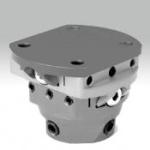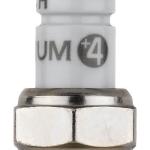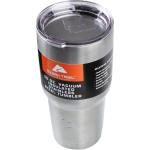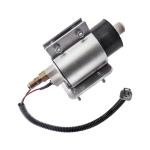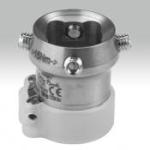The Law on Hydrogen, CNG, Gasoline & Diesel fuels powering an engine
Visit http://bigbay4bestbuys.com and search it to obtain certain items to accomplish what this site promotes - What is legal and what is not? Doing your own supplemental fuelling or conversion system is illegal - but having a company do it or design it for you with an approved system and/or having the company obtain for you as a part of the design and system instal an EPA and/or CARB waiver or EO is not. No matter what others tell you - this is the law - PERIOD
If you are a business or fleet owner or manager, or value your investment in your vehicle; you DO NOT want to take a chance on items that will fail your investment or are illegal.
Why care? . . . well . . . see also the link at the close of this article.
You MUST create an account before you can see our Webstore, and the link to it will then appear as a menu item on the left lower area below where the login menu was.
The LAW is set forth clearly in two EPA memos still in force and effect today.
One is at https://www.epa.gov/sites/production/files/documents/tamper-memo1a.pdf
The other is a clarification of "memo1a" found here => https://www.epa.gov/sites/production/files/documents/admem1a.pdf
The relevant language of admem1a.pdf is that ONLY two options exist after December 31, 1998 which are:
1 . A Federal Certificate under 40 CFR Part 86 demonstrating compliance with the applicable standards or under 40 CFR Part 88 demonstrating compliance with Clean Fuel Fleet standards for each engine family to be converted in accordance with 40 CFR Part 85, Subpart F; or
2. A Retrofit System Certification under the California Certification and Installation Procedures For Alternative Fuel Retrofit Systems for Motor Vehicles Certified for 1994 and Subsequent Model Years for a conversion system installed and tested under the above procedures on a vehicle or engine from a "50-state engine family" for use nationwide, or for a conversion system installed and tested under the above procedures on a vehicle or engine from a California engine family for use in California only . . .
In short trying to design your own extreme mileage solutions is tampering under the "anti-tampering law" while having a company do it for you is not. See 40 CFR Part 85, Subpart F
40 CFR Part 85, Subpart F is . . .
Subpart F--Exemption of Aftermarket Conversions From Tampering Prohibition
Sec. 85.503 Conditions of exemption.
(a) As a condition of receiving an enforcement exemption from the tampering prohibitions contained in section 203 of the Act, an aftermarket conversion certifier must certify the aftermarket conversion system, using the applicable procedures in part 86 of this chapter, and meeting the applicable standards and requirements in Secs. 85.504 and 85.505, and accept liability for in-use performance of the aftermarket conversion system as outlined in this part.
(b) As a condition of receiving an enforcement exemption from the tampering prohibitions contained in section 203 of the Act, an aftermarket conversion installer must:
(1) Install a conversion which has been certified as a new vehicle
or engine, using the applicable procedures in part 86 of this chapter, and meeting the applicable standards and requirements in Secs. 85.504 and 85.505; and
(2) Accept liability for in-use performance of the aftermarket
conversion system as outlined in this part.
Now here the relevant language above is (b)(2) which requires the manufacturer to "accept liability for in-use performance of the aftermarket conversion system outlined in this part"
That means if we design and build it, we must make sure you use it according to the law and that we can have the power to do so. The only legal way to do this is to license it, even IF it is CARB exempted by order, and the only way we can be assured our product will not be tampered with after design is to license it only and/or lease it out.
The EPA memo makes clear that only closed loop systems can be now used, and this in conjunction with the manufacturer maintenance provision means we must maintain control over being able to - and being the only party who can - adjust the ECM which is an after market part and uses our after market part system. Thus we can only license our systems and lease the items out - not sell them outright.
In 2010 in an interview with the Dallas Morning News, Exxon Mobil CEO Rex Tillerson, said that he doesn't think using compressed natural gas (CNG) in vehicles makes much sense.
While he sees a dramatically increasing demand for CNG in other applications such as centralized power generation, he said that it takes such a huge investment to convert fueling stations and cars (especially long haul trucks) over to CNG, that it just doesn’t pencil out.
This comment was made at a time when T. Boone Pickens was pushing his CNG solution to America’s fuel problems.
Tillerson is right.
While he sees a dramatically increasing demand for CNG in other applications such as centralized power generation, he said that it takes such a huge investment to convert fueling stations and cars (especially long haul trucks) over to CNG, that it just doesn’t pencil out.
Tillerson remarked that CNG makes sense for large fleet use where all the vehicles get refilled at a central, privately-owned station. But for long-haul truckers and daily drivers, the infrastructure in this country would require such a huge overhaul that he just “can’t make the math work on why anybody would do that” with each fueling station needing perhaps $1 million dollars in investment.
Again he is right - and also why Hydrogen fueling in tanked scenarios will not work either.
BUT . . . our solution is NOT "tanked" Hydrogen, it is on the fly made Hydrogen and can be fueled anywhere you have access to water in a pinch
While he sees very little reason for growth in the vehicle CNG sector, Exxon has invested billions of dollars in its natural gas operations in expectation of high demand for much cleaner burning natural gas power plants.
Tillerson’s comments on why CNG will never work for vehicles is that the same argument for why tanked Hydrogen as a fuel also will not work.
Although Hydrogen has been heavily touted by the reigning oil industry as a way to make our transportation sector zero emissions, the sheer size of investment and infrastructure improvements needed to pull that off would make a natural gas infrastructure seem like child’s play and also why on the fly fueling is the only way.
What Tillerson did not speak about is how we cannot afford to abandon the huge oil refining industry infrastructure either, and that is why Exxon has designed, patented, developed, built and is testing a hydrogen reformer for use in vehicles currently on fork lift vehicles quietly in Europe. Keep in mind a "reformer" takes an existing fuel and changes it into another fuel - in this case gasoline or other hydrocarbon based fuel - and turns out pure Hydrogen.
What is the down side? The by-product of reforming a fuel again is CO2. Because of this, such a device is now regulated by the EPA - as to both manufacture and use.
An electrolysis unit takes a non-fuel (largely - although alcohol can also be electrolyzed or used directly as a fuel in certain concentrations) and produces Hydrogen if designed correctly with no - or lower CO2 by-products of its use.
Diesel engines can be powered directly by Hydrogen by venturi type feed or fuel injection pre-cylinder intake type feed systems up to 90 percent on hydrogen and we can show you how, AND
You CAN mix CNG and Hydrogen on the low pressure side of the injector line (commercially called "Hythane" gas) - OR bi-fuel directly through a supplemental fuel injection system, and the better way depends on the application at hand . . . BUT
We know . . .
You want to know how to power an engine on electrolysis produced gas, as the guys in our movie do with the RAM 1500 Dodge Truck, and we can tell you – HOWEVER;
You DO NOT want to use “HHO” gas or “HHO” systems at all, as Oxy-Hydrogen gas – (or oxyhydrogen) - what most people call “HHO”, or "hydroxy gas" is NOT Hydrogen. It is Oxy-Hydrogen “mixed” gas and is explosive in and of itself and/or when compressed, and will send the same amount of water down an exhaust pipe as it was made from. It will destroy the effectiveness of the Oxygen sensor and cause it to fail. It will cause unpredictable results as the ECM will not get a proper signal from the Oxygen Sensor.
There is no way, and no lawful way, around this with the OEM Oxygen Sensor.
1. One MUST control or regulate the amount of Hydrogen that your generator is producing and sending to the engine. The WORST way to accomplish this is with any non-approved “Black Box” controller, or any CCPWM (constant current pulse width modulator) OR a PWM. If you need either, then you have poorly design, “junk” gas generator. Every engine consumes a volume of gas based on its displacement (cubic inches or liters) that it can effectively use is different. All of this has to do with the size of the engine, condition of the Vehicle, OEM electronics used, and a host of other factors.
2. If you are going to use any appreciable amount of Hydrogen for bi-fueling you must address the issue of what is the problem of the oxygen sensor. Hydrogenpowercentral.com has a lawful solution for this. Many people wrongfully think when you add a BIG gas generator device, it introduces more oxygen into the system. It does NOT, it reduces the amount of Hydrocarbons down the pipe. There is s huge difference in how this effectively pushes the Oxygen Sensor beyond the limits of what it can READ. The oxygen sensor does not READ anything outside of its limits. It does however; result in a "too lean" condition interpreted by the ECU and the ECU will then send MORE fuel to the engine. Many people have illegally simulated the signal from the oxygen sensor believing it can best be adjusted to ignore the lean condition and also compensate for the much more efficient burn of the fuel. Most people then unlawfully install an illegal EFIE device thinking it should be installed and set to indicate a too "Rich" condition which will tell the ECU to send LESS fuel to the to the engine. Effectively this puts it the ECU into “cold mode” or also called “open loop” mode. See http://www.epa.gov/compliance/resources/cases/civil/caa/casper-fcsht.ht…; and http://www.epa.gov/compliance/resources/cases/civil/caa/casper.html and http://www.justice.gov/opa/pr/2007/July/07_enrd_490.html Simulator workarounds are simply ILLEGAL – PERIOD, and they do not work well.
3. The NEXT ILLEGAL WORKAROUND is altering or adjusting the signals from MAF/MAP sensors. Most MAF/MAP sensors are voltage variation sensors. Most people install a device to alter the voltage or resistance signal sent to the ECU to as they believe further lean out the fuel flow and increase mileage gains. It does not quite work that way – and . . .again simulator workarounds are ILLEGAL – PERIOD.
4. A final misnomer is that efficiency of the gas generator used is confused with current draw, and most believe more amperage drawn by gas device, effectively destroys mileage gains because the alternator is working in the range of output more frequently OR continuously. They say “more fuel is needed to power the alternator, and there goes your fuel savings.” This is B@#$&^%T. You will find so many idiots on the Internet who think just because they have a keyboard at their fingertips with which to publish their thought process that they are right. The Horse Power related to electrical generation has nothing to do with an efficiently designed Gas Generator. Frankly, the amount of current required for electrolysis of a liquid is related to surface area of the electrodes, the electrolyte used, and the resistivity of the electrodes – in effect if you are NOT drawing decent amperage at the PROPER temperature, you are not going to be producing very much gas.
As of November 15, 1990, federal law prohibits anyone from removing or rendering inoperative any, emission control device or element of design that is installed on a motor vehicle or a motor vehicle engine Anyone who breaks this law can be penalized as much as $2,500 for each motor vehicle or motor vehicle engine they tamper with. Dealerships and manufacturers can be penalized up to $25,000 for each violation. This prohibition is one of the 1990 Amendments to the U.S. Clean Air Act. The purpose of the law is to make sure that cars meet Federal emission standards. If you don't comply, the result will be a loss in fuel economy, and possibly fines.
You are tampering - if you remove bypass defeat disconnect damage or in any way render ineffective any emission control device or element of design that has been installed on a motor vehicle or a motor vehicle engine, or have someone else do it for you.
Tampering includes:
· Removing such devices as the catalytic converter, air pump and EGR valve, or doing anything to them to keep them from working properly.
· Disconnecting vacuum lines and electrical or mechanical parts of the pollution control system, such as electrical solenoids, sensors or vacuum-activated valves. (this included EFIE type variable adjusting devices)
· Adjusting any element of a car or truck's emission control design so that it no longer meets the manufacturer specifications.
· Installing a replacement part that is not the same in design and function as the part that was originally on the vehicle, such as an incorrect exhaust part.
· Adding a part that was not originally certified on the car such as installing a turbocharger.
The original law was part of the Clean Air Act of 1970 It applied only to manufacturers and car dealers. This law still applies to between 20,000 and 30,000 new car dealers and manufacturers, who may have to pay as much as $25,000 for each car they tamper with. The anti-tampering law was expanded by the 1977 Clean Air Act Amendments to apply to all automobile repair facilities, commercial mechanics, and fleet operators. These facilities can be penalized up to $2500 for each motor vehicle or motor vehicle engine that they tamper with. The 1990 Clean Air Act Amendments broadened the tampering provision even farther, and it now applies to everyone, including car owners. Anybody who tampers can be penalized up to $2500 per car or truck. Many states also impose additional fines.
The only lawful way around this is to get the company providing you the device to assist in having it certified, and/or getting an individual waiver.
Our supplemental fueling systems work with – and just as the – OEM system does. It is a pure Hydrogen Gas on the fly generated low pressure system, which – depending on the application - works with the OEM system to provide fuel injection just as the OEM system does in a lawful closed loop.
Just as OEM systems do, we use an ECU, maintain fuel line pressure, have a regulator on a return line, monitor and maintain operating temperatures and have a fuel generator filter – if you can figure out how to do this – you might think you do not need us – and technically you do not – HOWEVER, only a company can make and vend an alternative fueling product and it MUST see to it being registered or approved with the EPA or California’s CARB agency
So, sign up for your account – as you cannot see the Energy Web Store without signing up – and; if you need consulting we can provide it – with the site license or at an hourly rate per words sent and received.
You can escape the Gas Pump FULLY lawfully – but it is an investment in your future and we are quite sorry to tell you – is NOT designed to be free – or shared by you with others. See the references to the law above – TAMPERING includes even telling or showing another how to disable something
Without explaining how, needless to say we have considered all of this. It ain't rocket science, but it is harder than you think.
See also http://hydrogenpowercentral.com/content/why-care-about-law-cng-hydrogen…


 ,
, 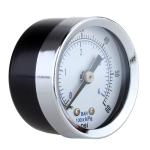





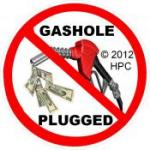
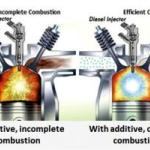


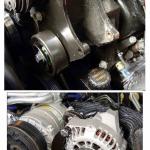

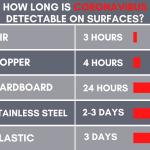 ,
,  ,
, 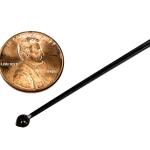 ,
, 
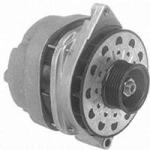 ,
,  ,
, 
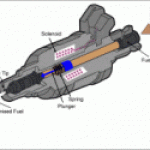
 ,
,  ,
,  ,
, 
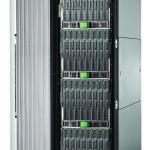
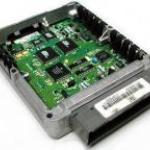
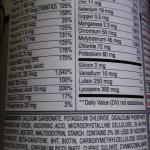 ,
, 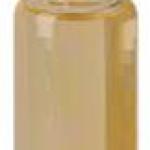 ,
, 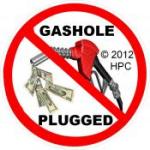

 ,
,  ,
, 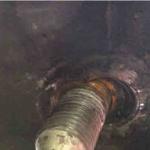 ,
,  ,
, 

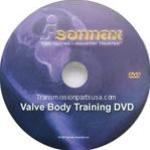
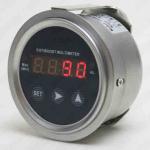
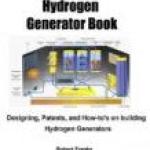
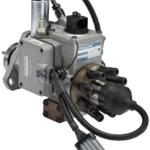
 ,
, 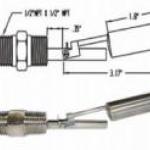
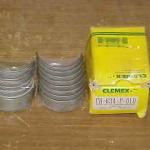
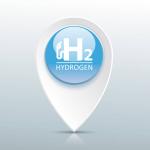

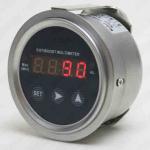

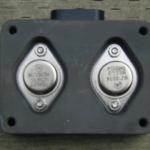 ,
,  ,
, 
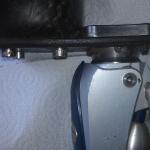
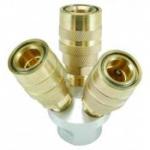
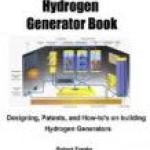

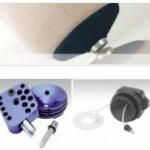
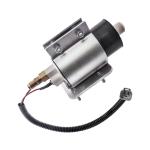

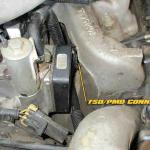 ,
,  ,
, 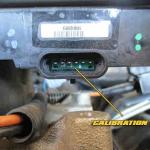 ,
, 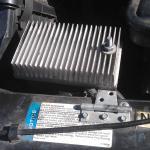 ,
, 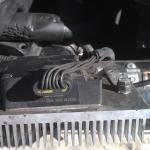
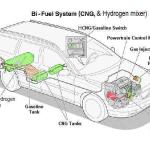
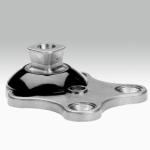
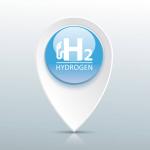
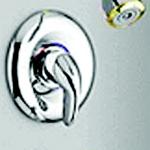

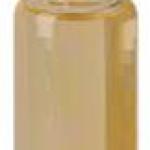

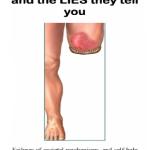


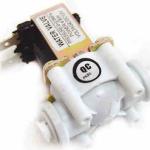
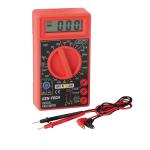
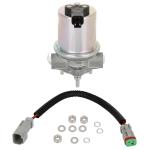
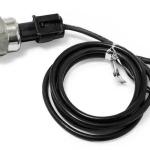
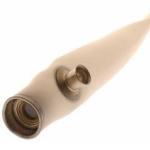 ,
, 
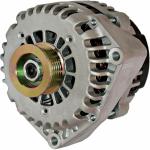 ,
, 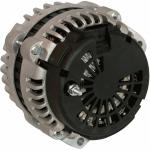 ,
,  ,
, 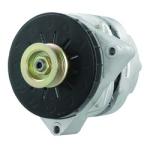


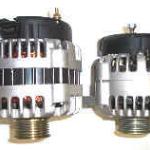 ,
, 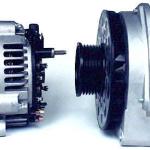 ,
,  ,
, 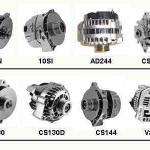
 ,
, 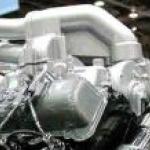 ,
, 
 ,
, 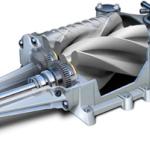 ,
, 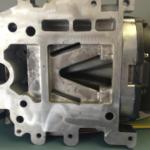 ,
,  ,
,  ,
, 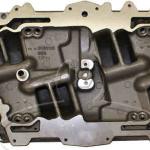
 ,
, 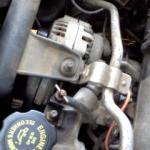 ,
, 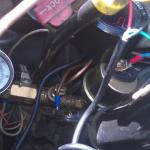
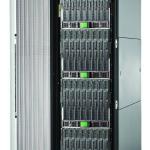


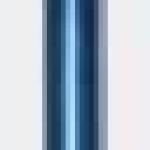

 ,
,  ,
,  ,
, 

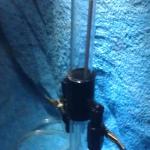 ,
, 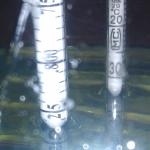 ,
, 

